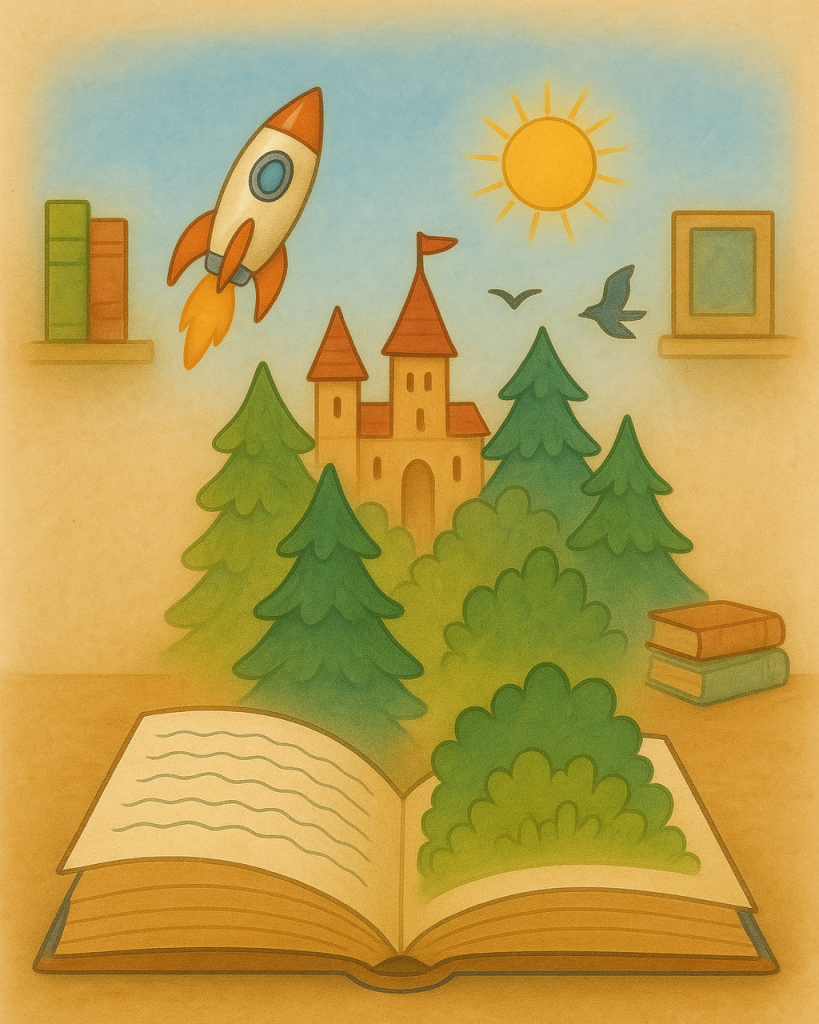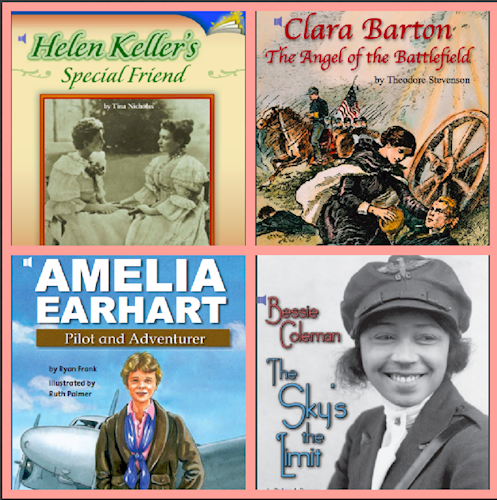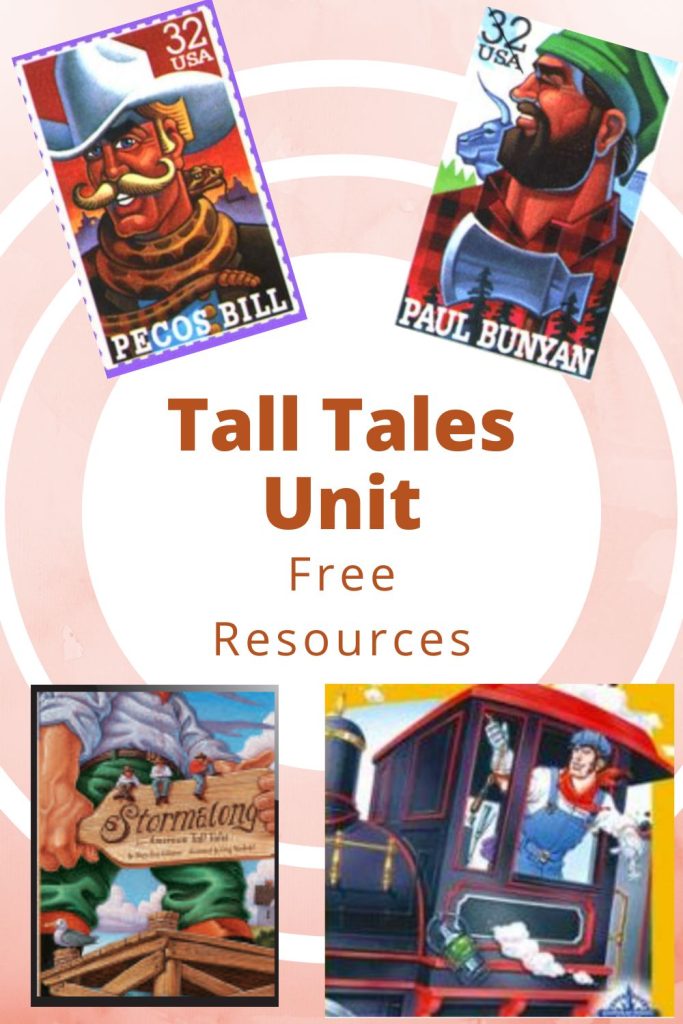Do you do book reports with your kids? This guide explores both conventional and more creative approaches to book reporting, complete with free downloadable resources to make implementation a breeze. Read on to view the advantages of using book reports in your homeschool. Or jump straight to the free resources.
Educational Value of Book Reports
To Build Reading Comprehension
Book reports are a great way to check if your child is truly understanding what they read. When kids have to write about a book, they need to understand the plot, why characters act the way they do, and follow cause-and-effect relationships throughout the story. The process of remembering and writing down key events helps cement the details, and transforms reading from a passive activity into an active one.
To Develop Academic Writing Skills and Critical Analysis
Book reports are helpful for learning the nuts and bolts of good writing, such as how to structure paragraphs, use smooth transitions, create strong thesis statements, and back up ideas with evidence. They serve as a gentle introduction to other writing projects like essays. At the same time, when your child analyzes characters, explores themes, or figures out what message the author is trying to convey, they’re learning to think beyond just what happens in the story. This combination of writing practice and deeper thinking creates a stepping stone toward more challenging assignments like literary analysis and research papers.
To Document Progress
Book reports create tangible evidence of your child’s reading accomplishments in the homeschool setting. These assignments result in concrete work that shows not just that they’ve finished a book, but that they’ve truly engaged with what they’ve read. They can serve as valuable additions to your child’s academic portfolio, offering clear examples of their developing literacy skills and critical thinking abilities.
Free Templates and Graphic Organizers
Traditional: The following free resources are variations of book reports with the standard structure, typically consisting of a plot summary, description of setting, character identification, and brief personal reflection.
- Book Report Graphic Organizer
- Book Review Graphic Organizer
- Story Elements Graphic Organizers: This 14-page PDF has story maps for outlining plot, setting, characters, conflict, etc. It also has story maps for outlining beginning, middle, and ending, and several character analysis pages.
- Biography Chart: List characteristics, contributions, etc. about a famous person.
- Sandwich Book Report: Each bread slice, meat, and toppings are for describing different story elements.
- Mini Book Report: Includes a choice board of additional creative activities.
- File Folder Book Report: The completed project is a manila file folder that contains a picture of the book’s cover, plot diagram, character chart, review of the setting, theme analysis, personal reflection, and a list of other books by the same author. There are also suggestions on how the project could be graded.
- Book Review Template (middle-school)
Creative Alternatives: These tap more into different learning styles, yet still hit all the educational goals, like comprehension, analysis, expression, etc.
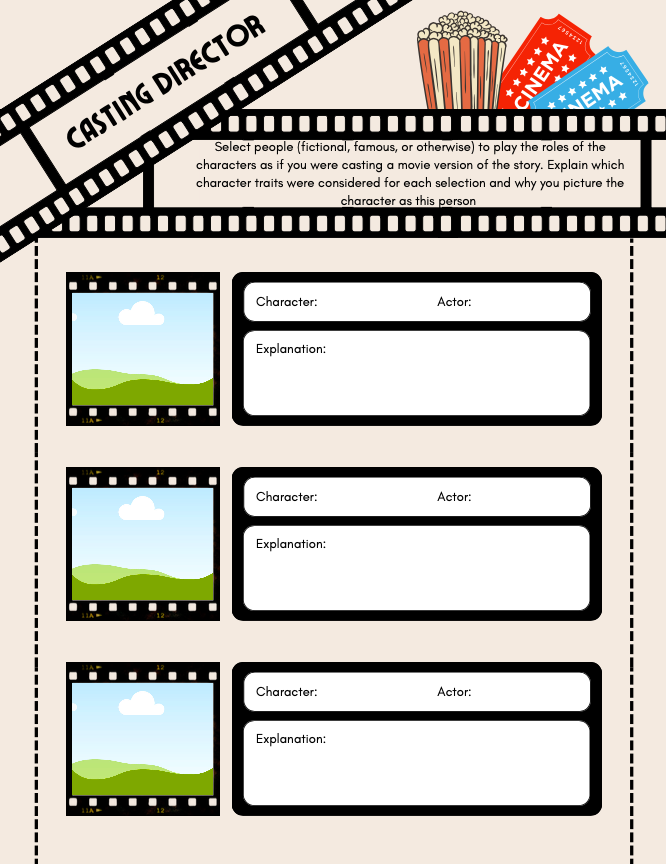
Casting Director: Choose individuals (real or fictional) to portray the characters in a movie adaptation of the story. For each casting decision, explain which character attributes influenced your choice and why you envision that particular person in the role.
Theme Collage: Create a visual or digital collage representing the major themes or emotional tone of the book. Use magazine cutouts, hand-drawn elements, Canva. Explain why each image represents the theme.
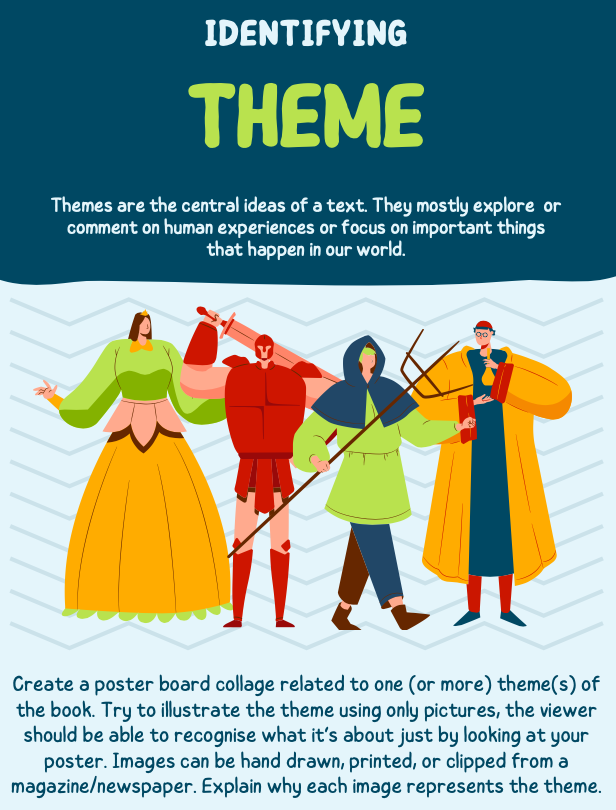
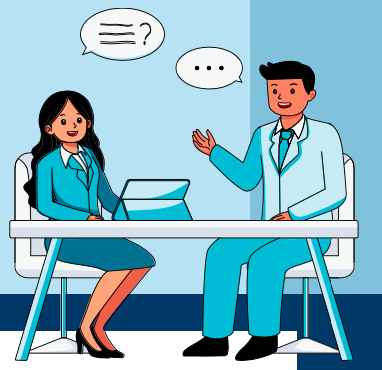
Character Interview: Write or conduct an interview with a character from the book. This requires thought about the character’s motivations, emotions, and development throughout the story. Works well for biographies and non-fiction.
Alternate Ending: Write an alternate ending for a book, encouraging thinking about character development, plot structure, and themes while enhancing creative writing skills.
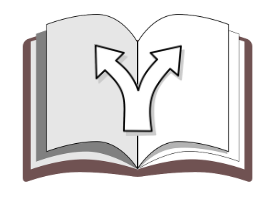
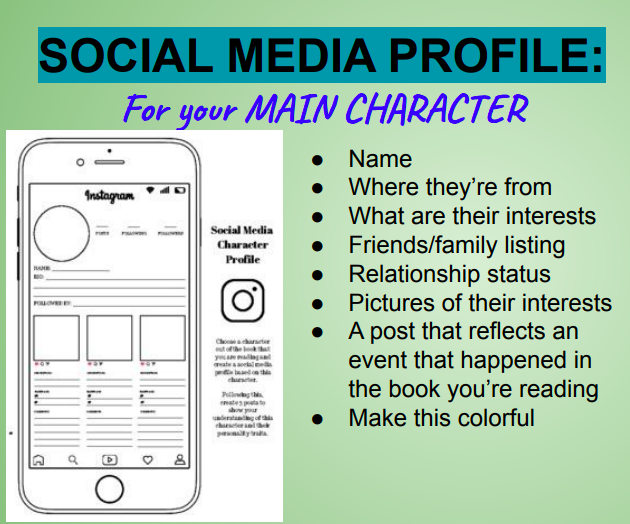
Social Media Profile: Create a fake social media profile for a character. What would they post? What would their status updates be during the key parts of the book? Who would their friends be?
Comic Strip Summary: Retell the story (or a key scene) in comic book form. This forces learner to boil things down to essential dialogue and visuals while still capturing tone and plot.


Scrapbook Book Report: Create a character study by making a scrapbook as if it were designed by the main character. It incudes graphic organizers for journal entries, pictures and photos, letters, and mementos.
Podcast or Audio Review: Record a podcast-style episode where the learner gives a review, discusses favorite scenes, and recommends the book (or not).
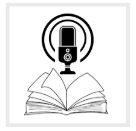
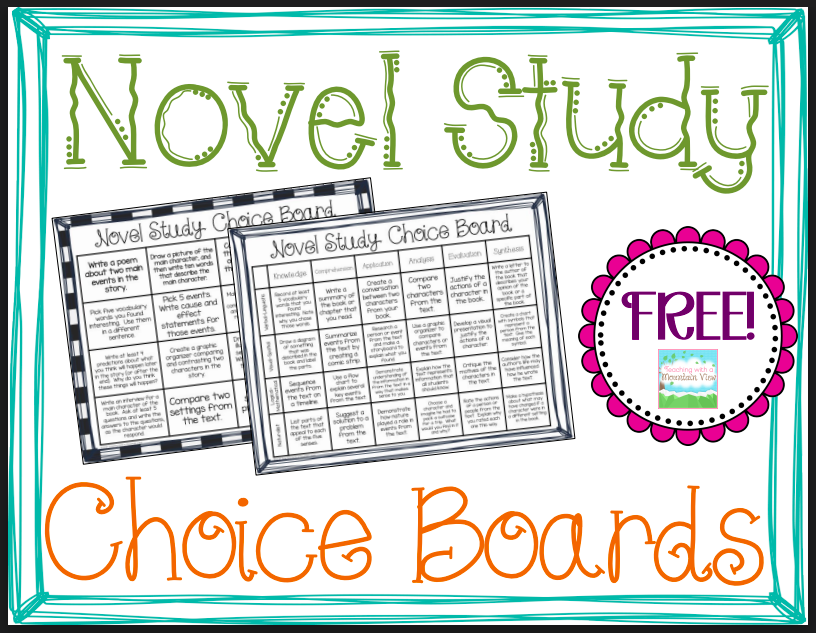
Reader Response Choice Boards: A variety of creative activities to choose from for sharpening comprehension and analysis skills
When it comes to assessing these projects, you don’t need a formal grading system. Just look for signs of understanding and effort. Did they grasp the main plot and characters? Did they express their ideas clearly? Did they connect with the material in a thoughtful or imaginative way? Even a quick conversation can go a long way in helping you gauge learning and progress.
Do your kids prefer the classic book report or something a little more creative? I’d love to hear what works best in your homeschool! Drop your thoughts in the comments below.

